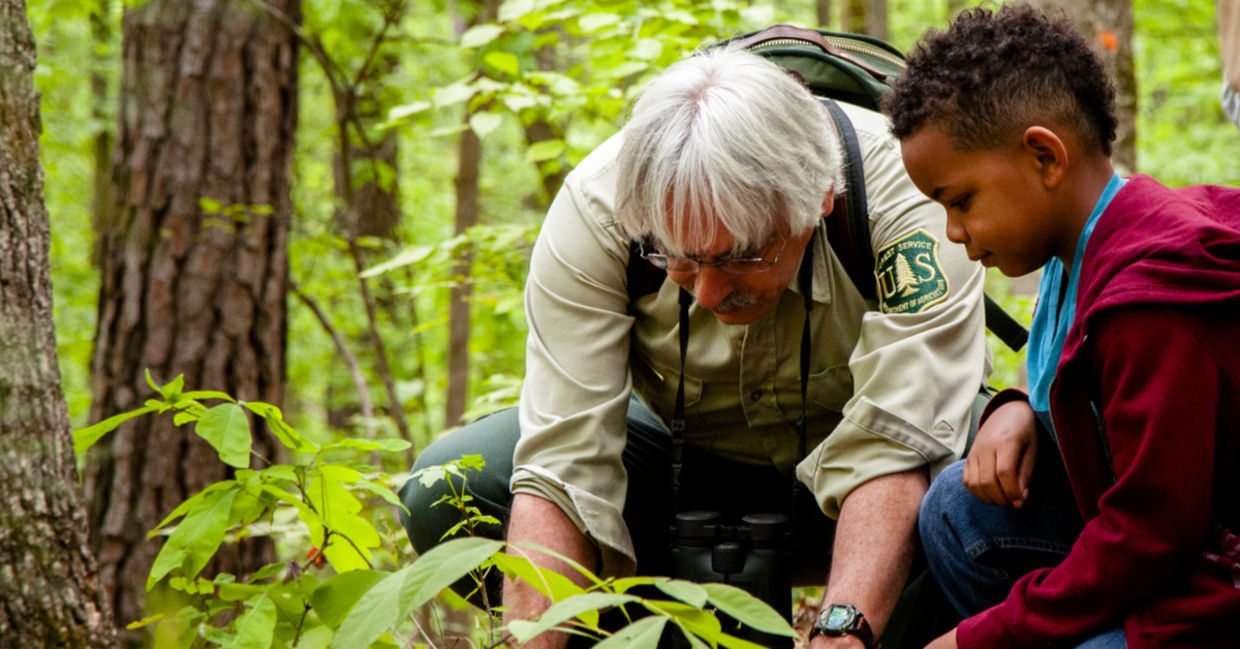The Urban Food Forest at Browns Mill, located in Atlanta, Georgia, is a groundbreaking urban agriculture project that stands as the largest public food forest in the United States. This transformative project repurposed 26 acres of previously vacant and neglected land into a vibrant and sustainable community asset. The food forest is designed to provide access to fresh, nutritious food, promote community engagement, and foster environmental sustainability.
Key Features of the Urban Food Forest
The Urban Food Forest is designed to serve as both a food-producing area and a recreational space. Key components of the project include:
- Community Garden Beds: Over 30 garden beds are available for local residents to grow their own fruits, vegetables, and herbs. These garden beds provide individuals and families with the opportunity to cultivate fresh produce, helping to combat food insecurity in the area.
- Fruit and Nut Orchard: The food forest includes a diverse orchard with over 100 fruit trees and nut-bearing plants, offering a sustainable and accessible source of fresh produce for the community.
- Herb Gardens: The project incorporates herb gardens, providing residents with easy access to culinary and medicinal plants. These herbs play a key role in promoting healthy lifestyles and holistic well-being.
- Walking Trails and Gathering Spaces: The site features natural walking trails, which encourage physical activity, outdoor recreation, and environmental education. Additionally, the food forest has several community gathering spaces, which host educational workshops, social events, and community-building activities.
Community Benefits and Impact
The Urban Food Forest at Browns Mill provides numerous benefits to the local community, contributing to the overall well-being of residents and the environment. These benefits include:
- Access to Fresh, Nutritious Food: The orchard, garden beds, and herb gardens ensure that local residents have easy access to fresh produce. This is especially important in urban areas where food deserts—areas with limited access to affordable and nutritious food—are prevalent.
- Educational Programs: The food forest hosts a variety of educational programs focused on sustainable gardening, healthy eating, and environmental stewardship. Programs such as gardening classes, cooking workshops, and sustainability initiatives help to empower individuals with the knowledge and skills to live more sustainably.
- Workforce Development: The project collaborates with organizations like the Greening Youth Foundation, providing job training and employment opportunities in green industries such as agriculture, landscaping, and environmental conservation. This helps build economic resilience within the community.
- Environmental Restoration and Biodiversity: The Urban Food Forest plays a key role in restoring the local environment. Efforts to remove invasive species, plant native trees, and create habitats for wildlife enhance local biodiversity and contribute to ecosystem health.
- Recreational and Wellness Opportunities: With its walking trails and open spaces, the food forest promotes physical activity and offers a peaceful environment for leisure activities such as birdwatching, meditation, and foraging. These spaces help foster a strong sense of community and improve the mental and physical well-being of residents.
Collaborations and Partnerships
The success of the Urban Food Forest has been made possible through strong partnerships with local organizations, government agencies, and community groups. Key collaborators include:
- City of Atlanta Department of Parks and Recreation
- Trees Atlanta
- U.S. Forest Service
- National Park Service
- Greening Youth Foundation
- Concrete Jungle
- Food Well Alliance
- Fruit Forward
- Friends of the Urban Food Forest at Browns Mill
- Park Pride
- West Atlanta Watershed Alliance
- Atlanta Audubon Society
- EarthShare of Georgia
- Georgia Forestry Commission
- The Mary Alice and Bennett Brown Foundation
- The Turner Foundation
- National Fish and Wildlife Foundation
These partnerships have provided financial, technical, and logistical support, ensuring the project’s success and its long-term sustainability.
Awards and Recognition
The Urban Food Forest at Browns Mill has garnered significant recognition for its innovative approach to urban agriculture and environmental sustainability. In 2019, the project received an award from the U.S. Forest Service, acknowledging its positive impact on the community and its role as a model for sustainable urban development. This recognition underscores the project’s success in improving access to healthy food, fostering community development, and promoting environmental conservation.
A Model for the Future
The Urban Food Forest at Browns Mill serves as a model for other cities looking to address food insecurity, environmental degradation, and community engagement through innovative urban agriculture initiatives. The project demonstrates how urban spaces, even in densely populated areas, can be transformed into sustainable ecosystems that provide benefits for both people and the planet.
In addition to providing fresh food and recreational opportunities, the Urban Food Forest helps promote environmental education, social equity, and economic development. It is a living example of how urban landscapes can be reimagined to support community well-being, environmental sustainability, and local food security.
Through continued efforts and partnerships, the Urban Food Forest at Browns Mill is set to inspire similar projects across the country, paving the way for a more sustainable and resilient future.
Tags: Addressing food insecurity through urban food forests, Benefits of community food forests in urban areas, Browns Mill Food Forest, Community garden Atlanta, How the Urban Food Forest improves food security in Atlanta, Sustainable food systems at Browns Mill, Sustainable urban farming, Urban agriculture, Urban farming initiatives for healthy food access, Urban Food Forest